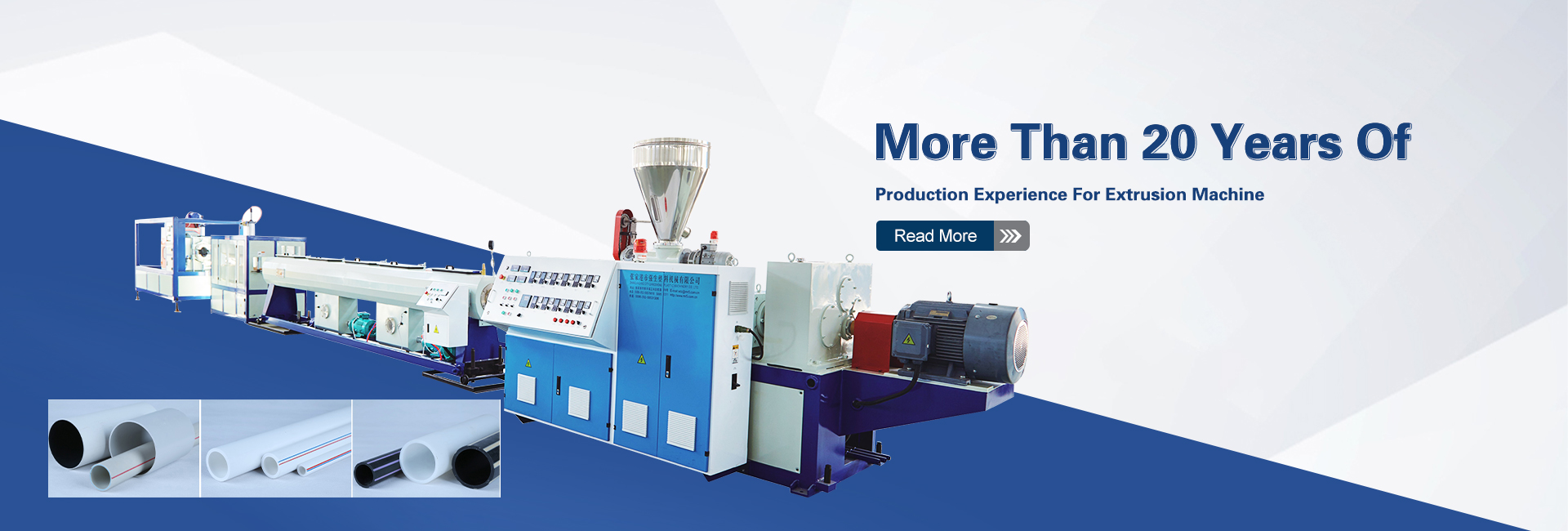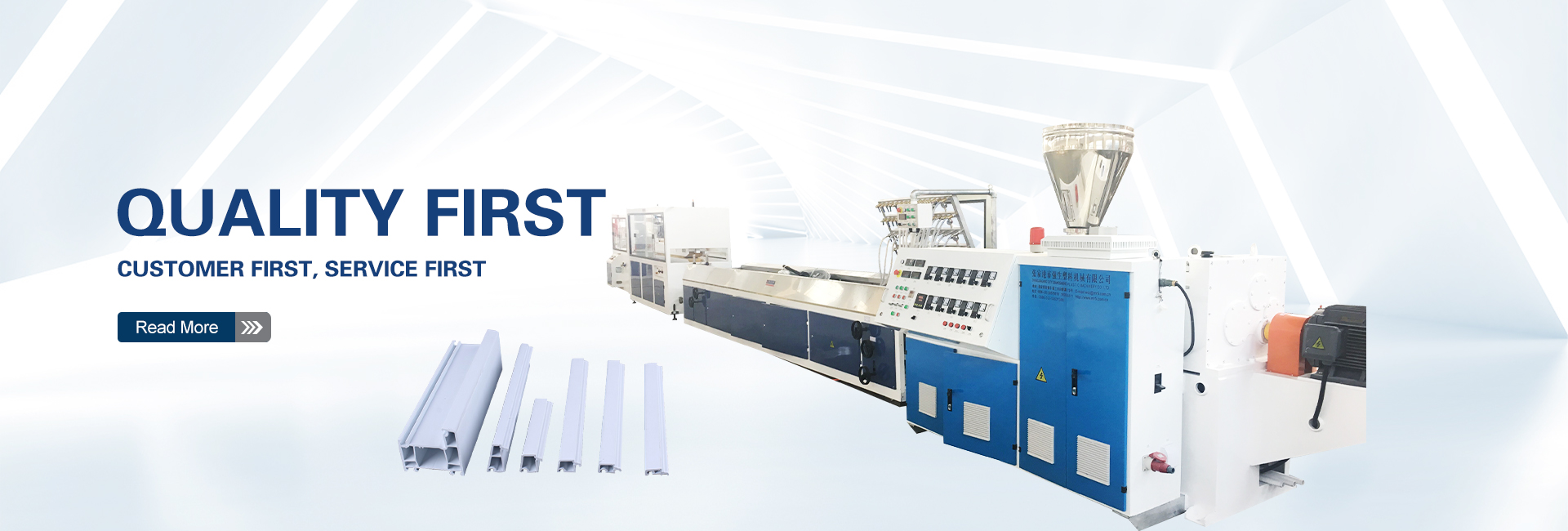Plastic extrusion, a fundamental manufacturing technology, continuously transforms molten plastic into specific shapes known as profiles. These profiles come in a staggering variety, catering to a vast array of applications across numerous industries. Let’s delve into the diverse world of plastic extrusion profiles and explore their uses.
Rigid Profiles: Building Blocks for Strength
Rigid profiles, known for their structural integrity, are the workhorses of the construction and automotive sectors. Some prominent examples include:
- Pipes and Tubing: A ubiquitous example, extruded pipes and tubes made from PVC, HDPE, and other materials transport water, sewage, electrical wires, and gases. Their strength, durability, and resistance to corrosion make them ideal for these applications.
- Window and Door Profiles: Extruded profiles form the core of windows and doors, providing structural support, weather resistance, and insulation. These profiles can be crafted from materials like PVC, uPVC (unplasticized PVC), and composite materials for enhanced performance.
- Building Materials: Beyond pipes and windows, rigid profiles contribute to various building components. Think siding, trim, decking, and even flooring – all benefiting from the weatherproof, lightweight, and low-maintenance properties of extruded profiles.
- Automotive Parts: The automotive industry utilizes rigid plastic profiles for diverse applications. Examples include interior trim panels, bumpers, and even structural components in certain car designs. These profiles offer advantages like weight reduction, design flexibility, and noise dampening.
Flexible Profiles: Adaptability Takes Shape
Flexible profiles, known for their ability to bend and conform, offer unique functionalities in various sectors:
- Film and Sheeting: Extruded films and sheets are incredibly versatile. They find use in food packaging, agricultural mulching films, medical packaging, and even construction applications like vapor barriers.
- Tubes and Hoses: Flexible tubing, often made from materials like PVC and polyethylene, is used for applications requiring bendability. Examples include medical tubing for IV fluids and catheters, automotive hoses for fuel and coolant lines, and even garden hoses.
- Weather Stripping and Gaskets: These profiles provide a tight seal between surfaces, preventing air, water, and dust infiltration. They are commonly used in doors, windows, appliances, and automotive components.
- Wire and Cable Insulation: Electrical wires rely on extruded plastic coatings for insulation, ensuring safety and proper functioning. These profiles come in various thicknesses and materials depending on the voltage and application.
Complex Profiles: Beyond the Basics
The world of plastic extrusion profiles extends beyond simple shapes. Advanced techniques allow for the creation of complex profiles with intricate details and functionalities:
- Multi-Chambered Profiles: These profiles contain multiple hollow chambers within their structure. They are often used in window and door frames to enhance thermal insulation properties.
- Co-Extruded Profiles: This technique combines multiple layers of different plastic materials during extrusion. This allows for profiles with specific properties in each layer, such as a colored outer layer with a UV-resistant core.
- Profiles with Integrated Features: Extrusion can create profiles with pre-defined channels, grooves, or interlocking mechanisms. This eliminates the need for additional assembly steps and streamlines product design.
Choosing the Right Profile: Material Matters
The vast array of plastic materials suitable for extrusion allows for profiles with specific properties:
- PVC (Polyvinyl Chloride): A cost-effective and versatile material used for pipes, window profiles, siding, and various other applications.
- HDPE (High-Density Polyethylene): Known for its strength and durability, HDPE is ideal for pipes, tanks, and applications requiring high impact resistance.
- PP (Polypropylene): Lightweight and chemical resistant, PP is used for food packaging, medical devices, and automotive components.
- ABS (Acrylonitrile Butadiene Styrene): Offering a good balance of strength, rigidity, and impact resistance, ABS finds use in pipes, appliance parts, and even toys.
Conclusion: The Limitless Potential of Plastic Extrusion Profiles
Plastic extrusion profiles play a vital role in shaping our world. From the construction of buildings and infrastructure to the development of medical equipment and everyday consumer goods, their diverse applications and functionalities are undeniable. As technology advances, the ability to create even more complex and specialized profiles will continue to expand the possibilities of this versatile manufacturing process.
Post time: Jun-07-2024



